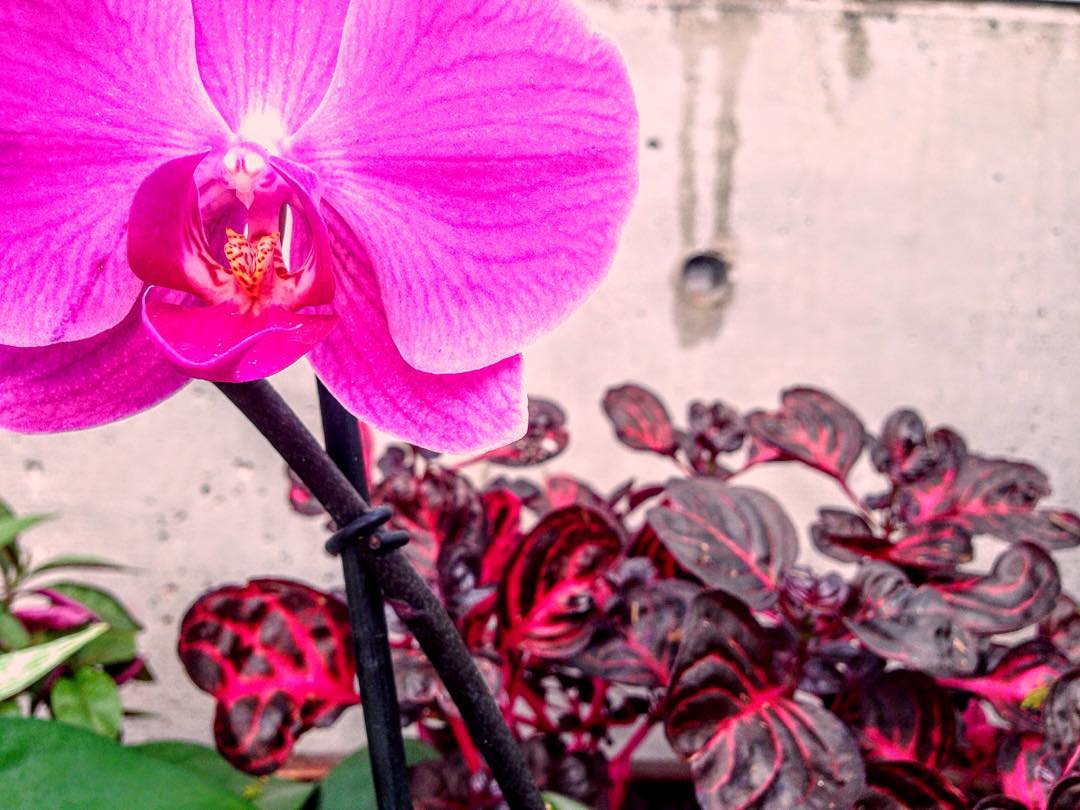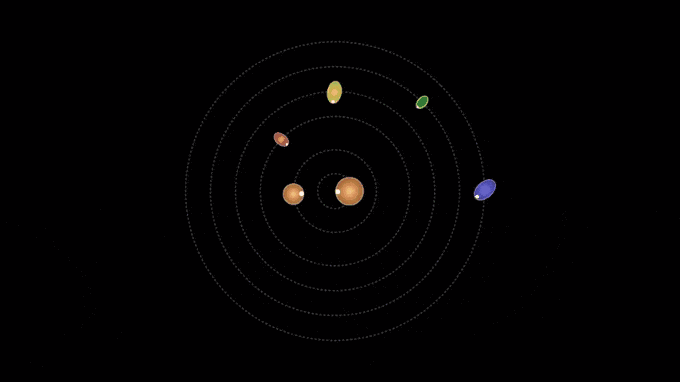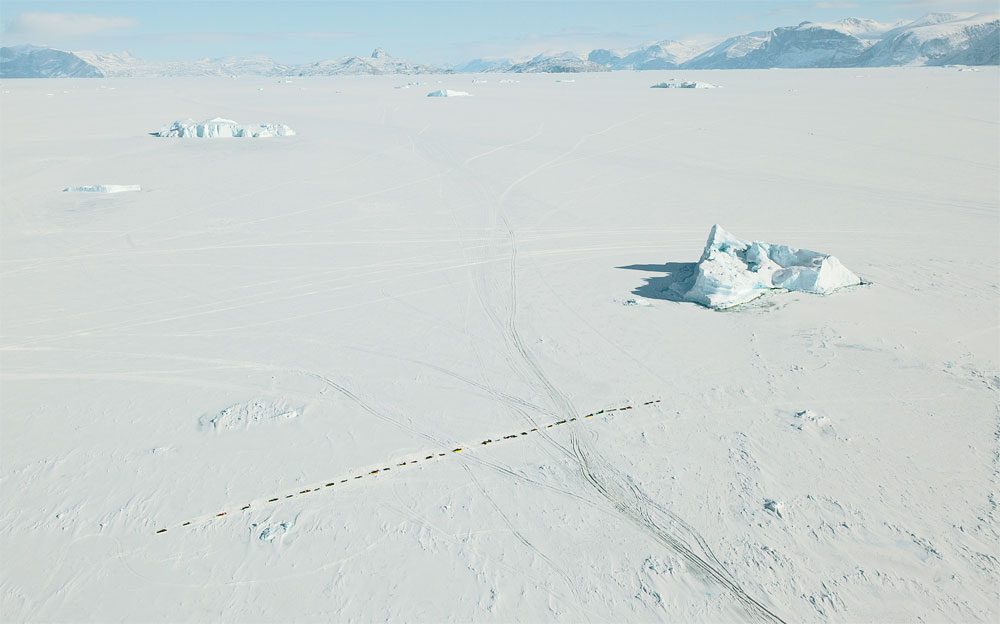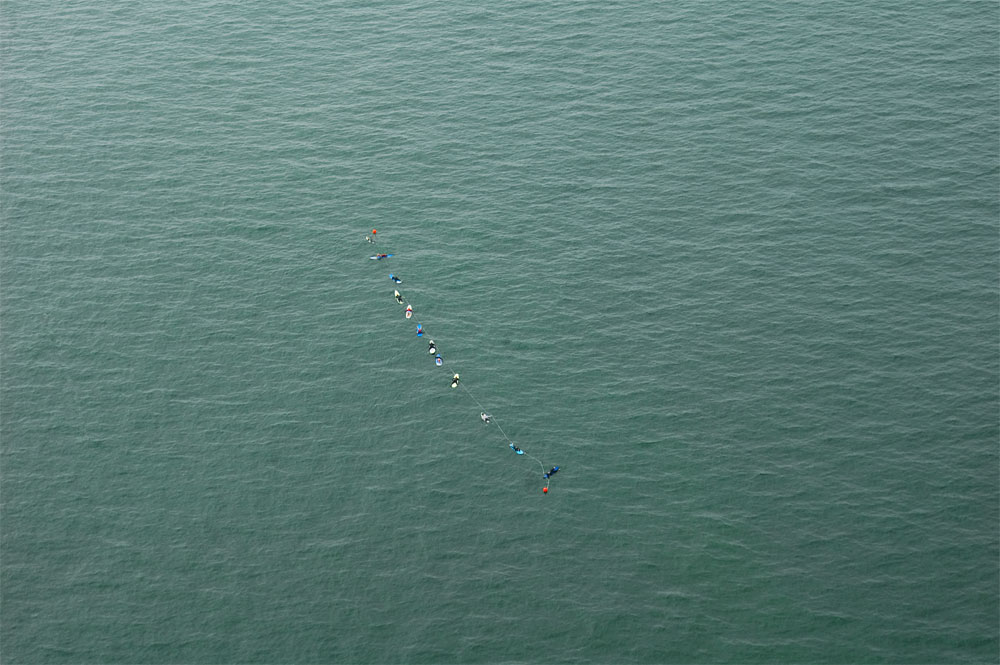A Fetid Phenomena
As if 2016 hasn’t already been strange/horrible enough, now we have to contend with all of America’s Corpse Flowers mysteriously blooming at once. Over seven Corpse Flower in the US have bloomed within months of each other. Even the Denver Botanic Garden’s own “Little Stinker” made a showing this past Saturday (but has since closed up).
Amorphophallus titanum. It's real. It's big. It's stinky. #LittleStinkerDBG #corpseflower pic.twitter.com/SXdx0sqs1u
— DenverBotanicGardens (@Botanic) August 6, 2016
This is extremely unusual since there have only been 157 recorded corpse flower blooms ever between 1889 and 2008. This year in the US alone, at least seven flowers have bloomed. Typically the flowers only bloom about once every six years.
One of the most popular explanations for the rampant blooming is because US greenhouses and botanical gardens share seeds with one another, meaning most of the corpse flowers that are currently blooming are likely related (think: cousins). Or maybe this is just the stinky harbinger of events to come…

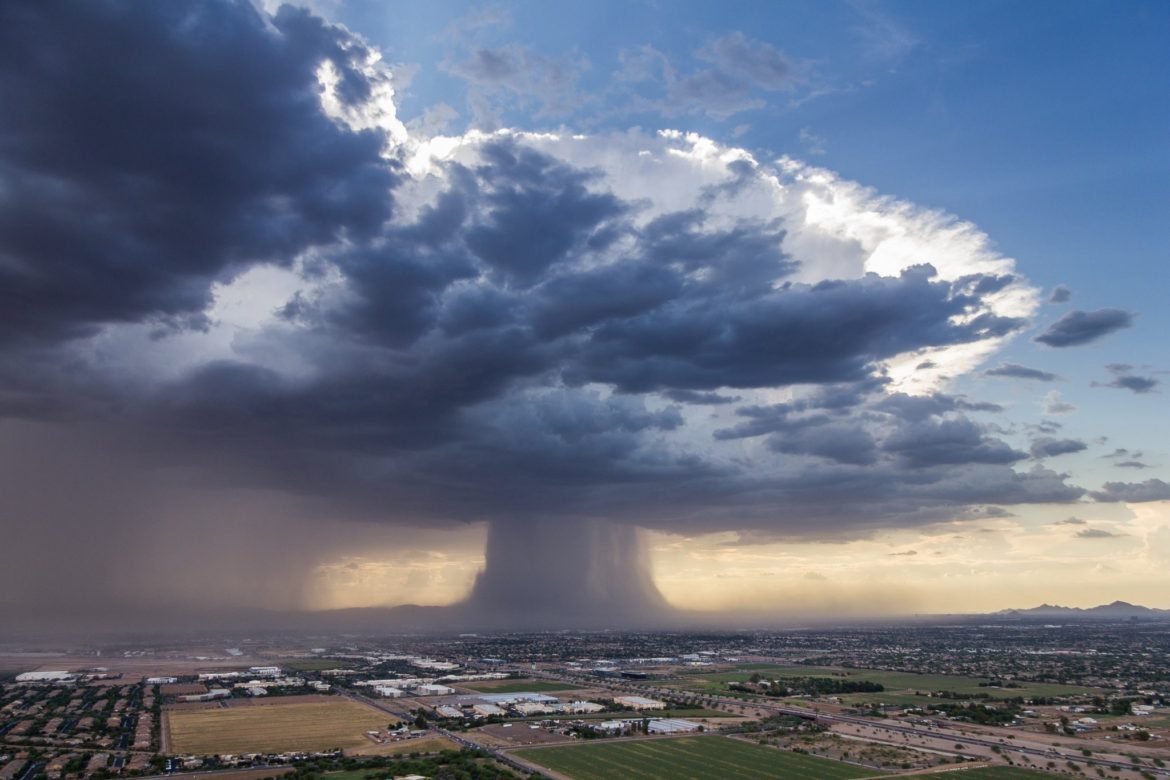


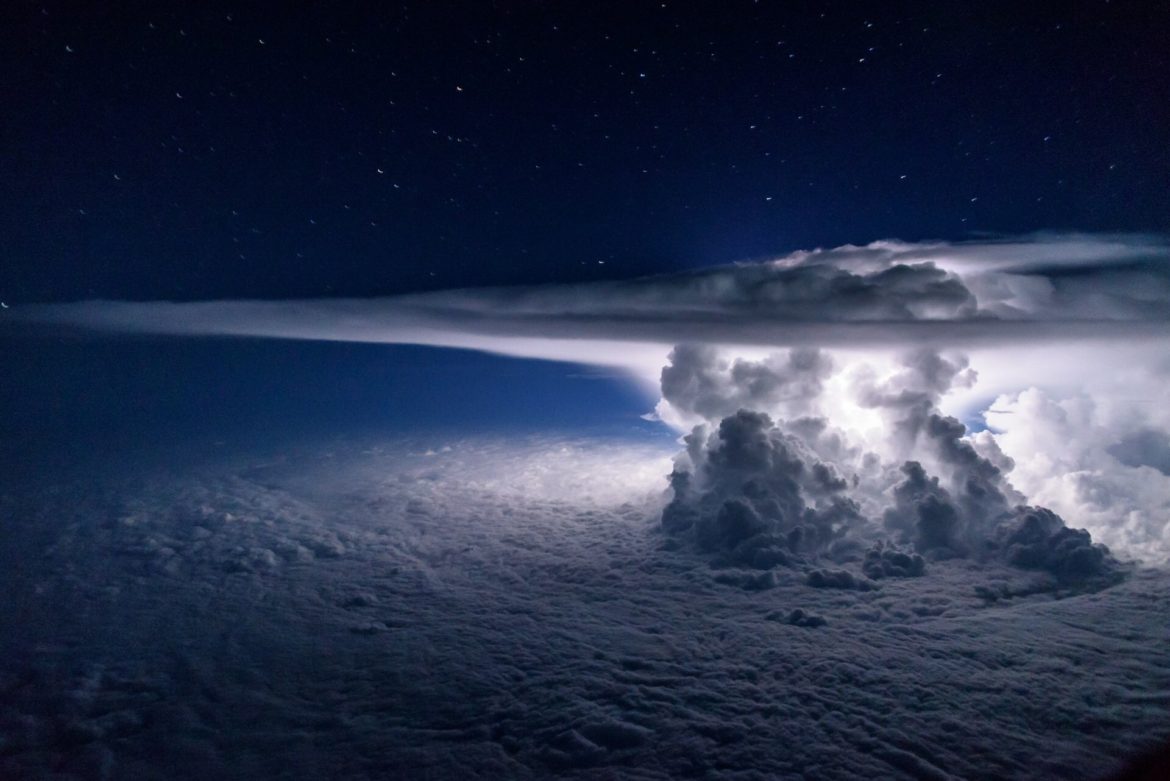
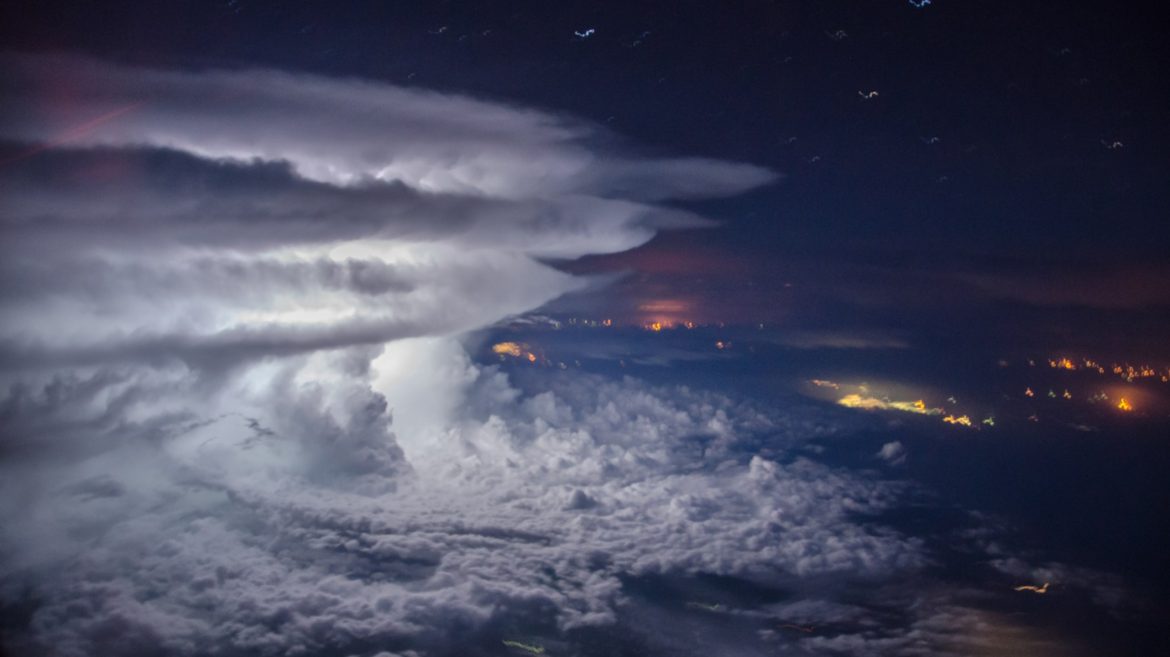
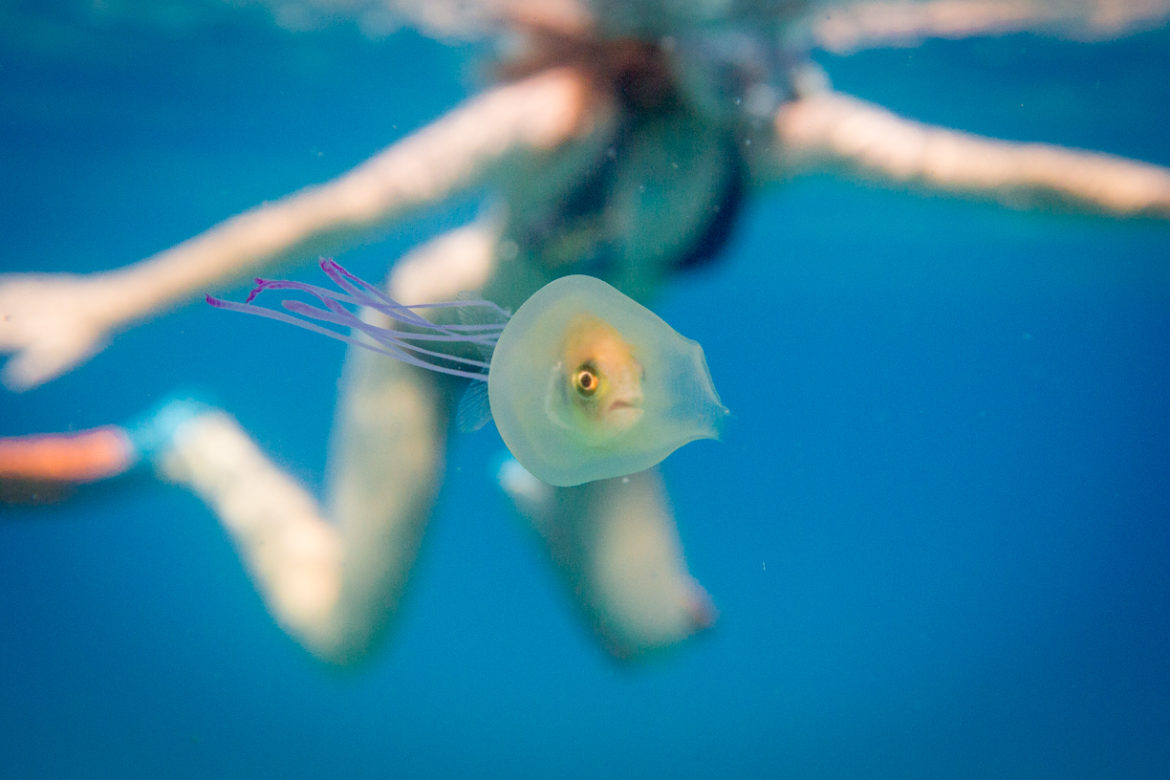
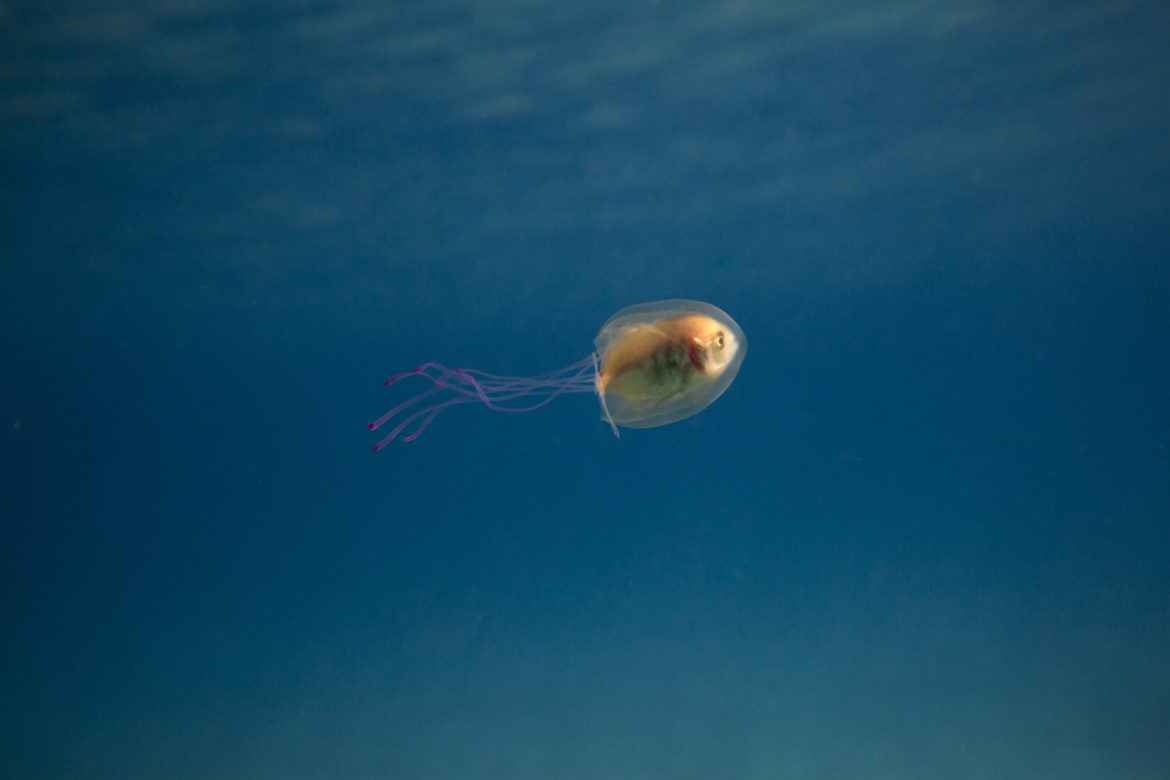
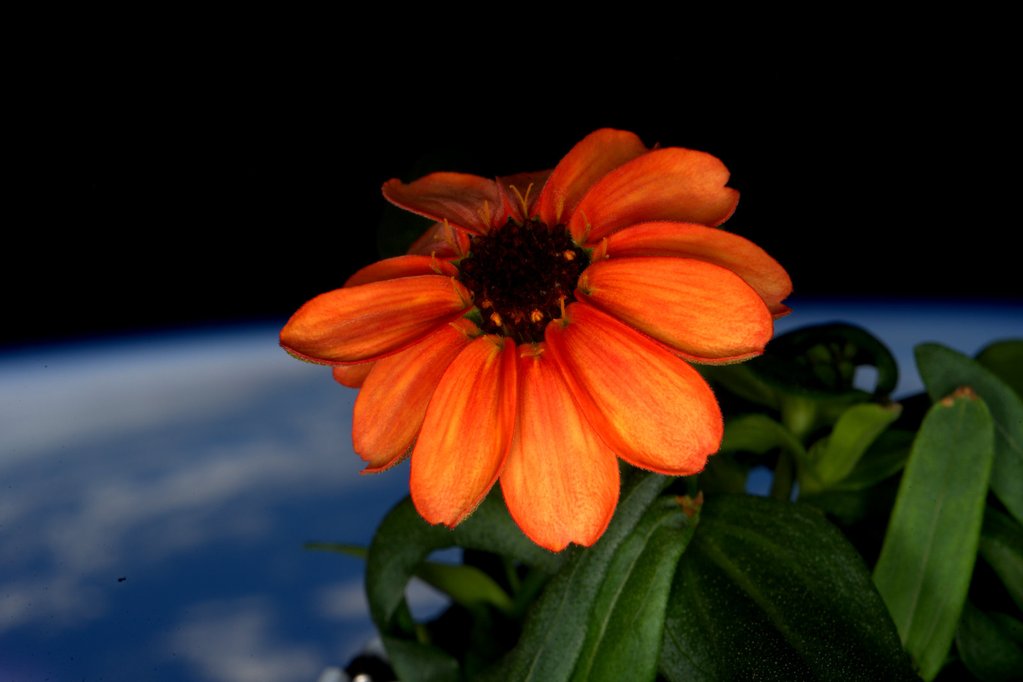
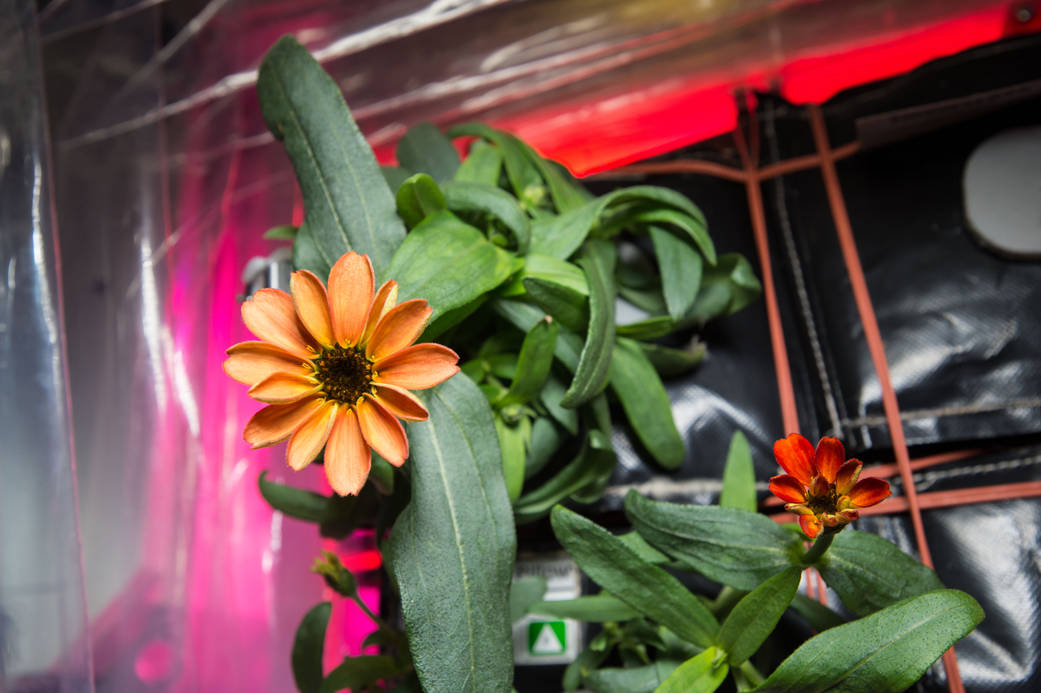

 The Denver Botanic Gardens Orchid Showcase
The Denver Botanic Gardens Orchid Showcase
